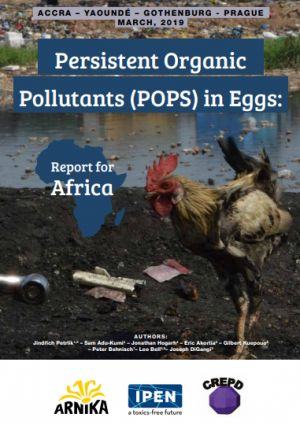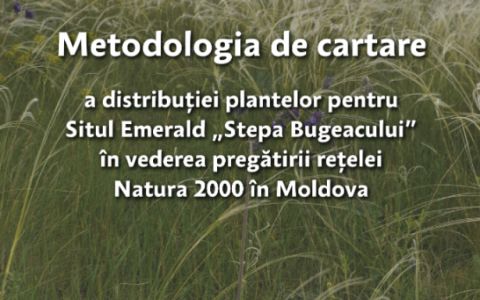Incineration of medical waste and open burning of waste – including electronic waste – are potentially large sources of toxic chemicals known as persistent organic pollutants (POPs). These substances are slated for global reduction and elimination under the Stockholm Convention.
Medical waste incineration and open burning are common in developing countries and both are listed in the Stockholm Convention as source categories for unintentionally-produced POPs such as hexachlorobenzene (HCB), hexachlorobutadiene (HCBD), pentachlorobenzene (PeCB), PCBs, chlorinated dioxins/furans (PCDD/F), and polychlorinated naphthalenes. Municipal and electronic waste is also known to contain other chemicals listed in the Stockholm Convention such as short-chain chlorinated paraffins (SCCPs), polybrominated diphenyl ethers (PBDEs), and hexabromocyclododecane (HBCD).
This study investigated POPs contamination at a total of six sites: the world’s largest e-waste scrap yard in Agbogbloshie (Ghana); medical waste incinerators in Accra (Ghana), Kumasi (Ghana), and Yaoundé (Cameroon); and two open-burning waste dump sites in in Yaoundé (Cameroon). The study measured POPs in eggs because free-range chickens are “active samplers” of materials on the ground. Eggs also represent an important human exposure pathway through consumption. To our knowledge, this is the first study to measure POPs in free-range chicken eggs from hens foraging at the Agbogbloshie e-waste scrap yard, as well as in Yaoundé.
Authors: Jindřich Petrlik, Sam Adu-Kumi, Jonathan Hogarh, Eric Akortia, Gilbert Kuepouo, Peter Behnisch, Lee Bell, Joseph DiGangi
Number of pages: 25
Publication date: March 2019







